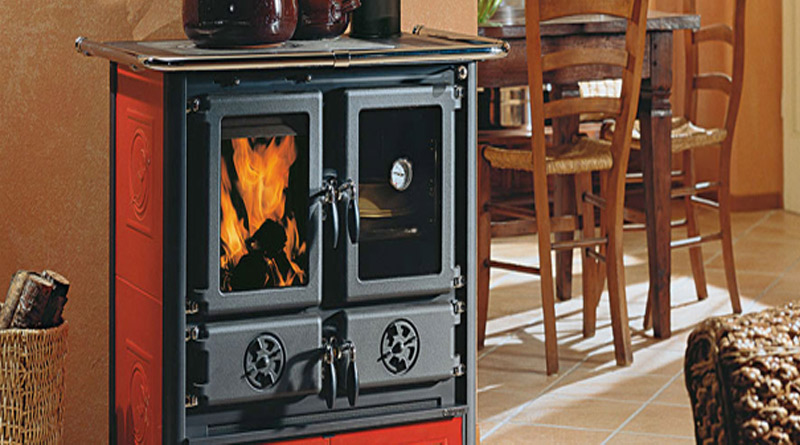What Are the Best Wood Burning Stoves?
What are the best wood burning stoves available on today’s market? Looking for a wood burning stove can be confusing with all the choices and styles, but finding a woodstove that saves money and burns efficiently doesn’t have to be difficult.
High efficiency wood burning stoves come in two basic types: masonry wood burning stoves, which are made with airtight construction for longer burn and more even heat and fit inside an existing fireplace; and freestanding non-airtight wood burning stoves, which are designed for maximum efficiency without creating toxic byproducts like creosote.
Constructing a masonry woodstove involves heavy metal and setting it inside a traditional fireplace. These stoves generally necessitate a reinforced floor beneath them due to their weight. However, on the positive side, they can burn a wide variety of natural materials at intense temperatures, resulting in minimal toxic fumes and highly efficient burning. Masonry wood burning stoves are often used in places like Russia and the arctic north where bitter cold winters necessitate a Fireplace insert capable of producing intense heat over long periods.
Unfortunately, custom-making and installing masonry wood-burning stoves for an average-sized home can easily cost five thousand dollars or more. If cost is no obstacle and you like the look of a masonry fireplace more than the look of a freestanding woodstove, a masonry wood burning stove will provide you with a lifetime of efficient and beautiful wood heat.
Non-airtight wood burning stoves (for examples and prices visit the C. The Johnson Woodstove website, accessible by clicking here, engineers woodstoves to create a high-intensity burn without the need for an enclosed fire chamber. This means that the building codes governing their installation are far less stringent than for ordinary woodstoves, and it also means they produce no creosote and no corrosive toxic gases.
The non-airtight wood burning stoves manufactured by the C. Johnson Company produce so little smoke and are so efficient that the amount of ash byproduct is very small; comparable to a high-efficiency pellet stove.
Non-airtight wood-burning stoves can also serve for cooking and can burn large wood chunks without requiring splitting. Since they produce no corrosive exhaust, a non-airtight wood-burning stove ensures the chimney’s longevity and allows for more lenient venting and clearance requirements than traditional woodstoves.
Although non-airtight wood burning stoves cost a bit more than the kind of freestanding wood stove you might pick up at a home supply store, they cost far less than a masonry insert. When choosing a woodstove, it’s very important to factor in all the costs and all the labor involved over the course of coming years, as well as the aesthetics involved.
Many people find that considering these elements and investing a bit more in a non-airtight wood-burning stove or masonry woodstove saves time and money for years to come. Either will provide a high efficiency, pleasant, and practical wood burning experience.

